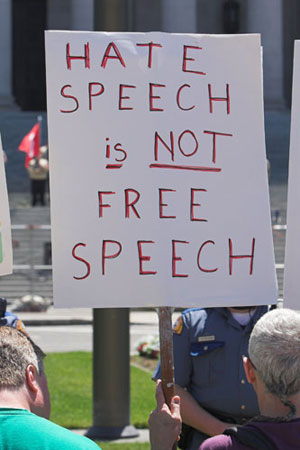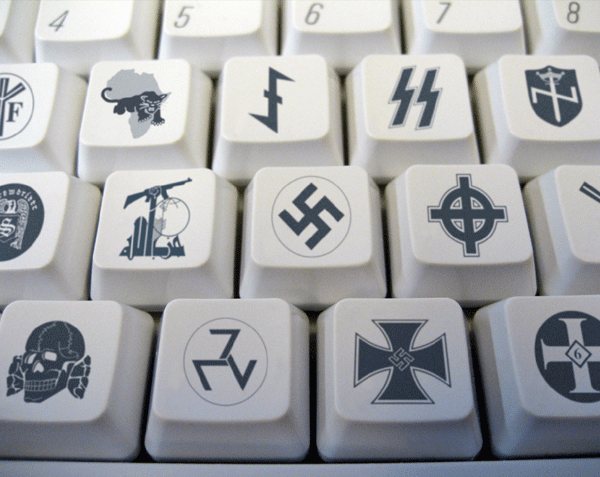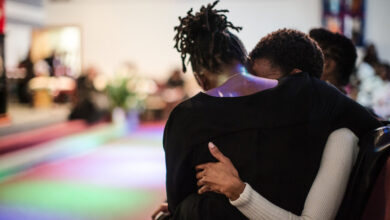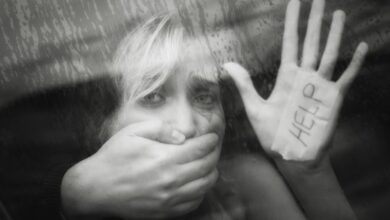The Impact Of Online Hate Speech
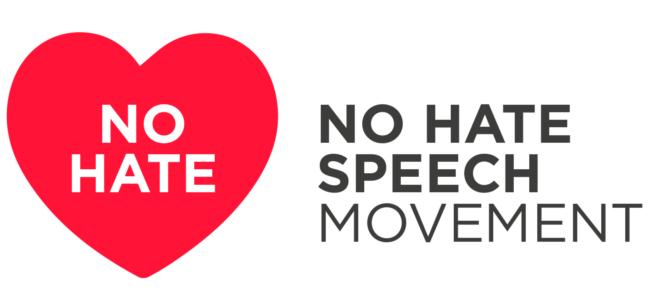
Radicalisation refers to the process by which people come to believe that violence against others and even oneself is justified in defense of their own group. Not everyone who is involved in a group is necessarily radicalized to the same degree; in fact, even within a hate group only a small number of people may be radicalized to the point where they are ready to advocate and commit violence.
One way of looking at the process is to think of any group or movement as a pyramid. The base of the pyramid is made up of sympathizers who support the group and share its ideals but who are not actively involved in what it’s doing. They are typically the largest part of the group but also the least committed.
The next level we might call the members. These are people who identify themselves strongly with the group and participate in its everyday activities.
At the final level are activists. These are the members who identify most strongly with the group and are likely to push it towards more radical positions and more extreme actions.
The process of radicalization can be seen as the way in which people move up the pyramid to identify more deeply with their group and become more willing to support or engage in extreme acts.
In their article Mechanisms of Political Radicalization , Clark McCauley and Sophia Moskalenko identify twelve ways in which a person or group may become more radicalized. In most cases of radicalization more than one mechanism is at work. Of those, five are of particular relevance to studying online hate:
- The Slippery Slope
It’s rare for anyone to become radicalized by a single act or event; it is more often the culmination of many small steps. Research has shown that people have a tremendous ability to justify their actions, even actions they would normally consider to be wrong. (For instance, a person who forgets to leave a tip at a restaurant may retroactively find flaws with the service to justify not leaving a tip.) This can have the effect of shifting our morality: once we have established that something we previously considered wrong was actually right, more extreme actions may become permissible. This effect is particularly powerful online, where consequences are less apparent: the slope that leads from reading hateful content to creating it can be very slippery.
- The Power of LoveThe social and emotional effects of being in a group can be just as powerful as whatever cause or ideology the group is committed to. Research has shown that members of hate groups such as skinheads will often act as mentors or ‘big brothers’ to vulnerable youth, providing a sympathetic ear, an explanation for their problems and a way of taking action. Young people recruited through hate sites frequently come from family backgrounds with single parents and/or a lack of love and affection and traditional moral or religious values. Hate groups therefore function as substitute families for these vulnerable, disenfranchised youth.
- Radicalization in Like-Minded Groups
All groups are subject to a phenomenon in which the average group member’s opinion will become more extreme over time. This may be because the more different your opinion is from that of the majority, the more pressure you feel to conform – so those who disagree with the majority are likely to change their opinion, while those who agree either maintain the same opinion or become more extreme in their views. An example of this is the Weather Underground, an American anti-war group, which in the 1970s moved from political protest to terrorism as a result of competition within the group over who was the ‘most radical’.
- Radicalization Under Isolation or ThreatPeople will identify more closely with a group if the group appears to be isolated or under external threat. The classic example of this is a platoon or squad of soldiers in wartime: it’s not uncommon for soldiers to consciously sacrifice their lives to save other members of their platoon. The same mechanism can apply to any group that feels threatened, especially if members are planning or committing criminal or violent acts.
- 5) DehumanisationA final technique for fostering radicalization is to portray opposing groups as being inhuman. This explicitly draws the line between the in- and out-groups and makes it easier to justify any action against them. For example, in World War II the Japanese were portrayed in a heavily caricatured style in American propaganda – always stereotyped, often threatening, and sometimes monstrous – with the result that roughly half of American soldiers were in favour of exterminating the Japanese nation after the war was over. In fact, servicemen who had not seen combat were actually more likely to advocate extermination – suggesting that it was exposure to propaganda, and not actual contact with the enemy, that had produced this attitude.
Victims and Perpetrators of Hate
Hate can affect a wide variety of groups. In addition to ethnic groups, research by the Alberta Hate and Bias Crime and Incidents Committee shows that in Canada, hate groups frequently target Sikh, Muslim and Jewish groups based on their religious affiliation.
While racial and religious hatred is prominent, hatred towards the gay community is also common. A Calgary study found more than 60 per cent of respondents from the gay and lesbian community having experienced verbal assaults, with 20 per cent having been physically assaulted because of their sexuality.These findings mirror similar studies in other parts of Canada and the United Sates. Transgender and transsexual individuals are also disproportionately targeted by hate groups. Bisexuals are targeted by hate groups less frequently, although this is partially due to a higher unwillingness by bisexual populations to report crimes due to fear of reprisal. Not surprisingly, there is a close connection between hate and cyberbullying: for example, lesbian, gay, bi-sexual and transgender (LGBT) youth are almost twice as likely to report having been bullied online.
The perpetrators of hate crime in North America and Europe tend to be oriented towards the extreme political right. There is also a rising trend towards more youthful hate activism and away from organized hate forums with traditional membership. Today’s young perpetrators are likely to be male and are less likely to be ideologically or organizationally connected, united instead by a broader xenophobic or hateful culture as opposed to belonging to a specific organized group.
Despite the proliferation of online hate, claims by hate groups that their online presence has enabled them to recruit more members have not been proven. [9] It has been argued that the Internet has not resulted in increases in hate group membership, partly because of increased surveillance. [10] While an increase in hate crime since widespread use of the Internet has been identified by Turpin-Petrosino [11], a majority of perpetrators of hate crime are unaffiliated with any official extremist group. Rabbi Abraham Cooper, associate dean of the Simon Wiesenthal Center, has suggested that some hate groups post implicit or explicit calls for violence in the hopes that these “lone wolves” will be moved to action (Digital Terrorism and Hate 2011).

